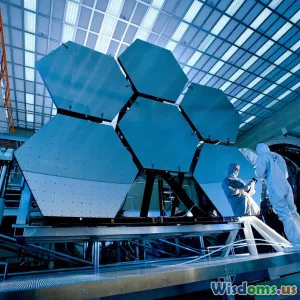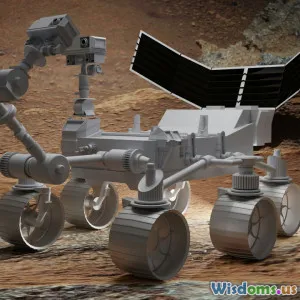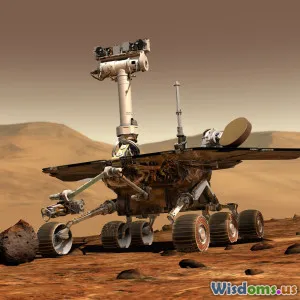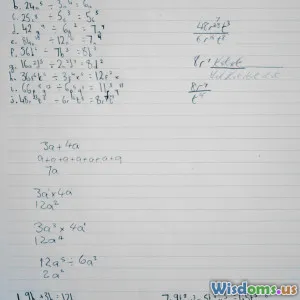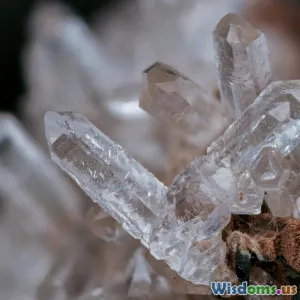
Planetary Defense: Protecting Earth from Asteroids
6 min read Explore how humanity is defending Earth from potential asteroid impacts. (0 Reviews)
Planetary Defense: Protecting Earth from Asteroids
In the vast expanse of space, asteroids roam, remnants of the solar system's formation. While many are harmless, a small percentage pose a significant threat to Earth. The potential for catastrophic impacts has spurred the scientific community and governments worldwide to prioritize planetary defense. In this article, we will explore the nature of asteroids, the risks they present, and the innovative strategies being developed to protect our planet.
Understanding Asteroids
Asteroids are rocky bodies that orbit the Sun, primarily found in the asteroid belt between Mars and Jupiter. They vary in size from small boulders to objects hundreds of kilometers wide. While most asteroids remain far from Earth, near-Earth objects (NEOs) are those whose orbits bring them close to our planet.
The potential consequences of a significant asteroid impact could be devastating: from localized destruction to global climate changes that could threaten life as we know it. For instance, the impact that is believed to have contributed to the extinction of the dinosaurs around 66 million years ago was caused by a giant asteroid.
The Threat Landscape
Asteroids are categorized based on their orbits and composition, but it's their size and trajectory that determine the level of threat they pose. Scientists classify NEOs into three groups:
- Atira Asteroids: Orbit entirely within Earth's orbit.
- Amor Asteroids: Approach Earth but do not cross its orbit.
- Apollo and Aten Asteroids: Cross Earth's orbit, with Apollo asteroids being more numerous and potentially hazardous.
While the majority of NEOs are small and burn up in the atmosphere, larger ones (over 140 meters in diameter) could cause severe damage if they were to impact Earth.
Technologies in Planetary Defense
Detection and Tracking
The first step in planetary defense is identifying and tracking potentially hazardous asteroids. Various telescopes and space missions are dedicated to this task. The Pan-STARRS (Panoramic Survey Telescope and Rapid Response System) is one such initiative that has discovered thousands of NEOs. NASA's NEOWISE mission, an infrared survey, further enhances our detection capabilities by identifying darker and cooler asteroids that are harder to spot.
Mitigation Strategies
Once a potentially hazardous asteroid is identified, the next step is devising a plan to mitigate its impact risk. Several strategies are being considered:
-
Kinetic Impactor: This involves sending a spacecraft to collide with the asteroid at high speed to alter its trajectory. NASA's DART (Double Asteroid Redirection Test) mission, launched in November 2021, aims to test this technique by impacting a small asteroid in order to change its path.
-
Gravity Tractor: A spacecraft could hover near an asteroid, using its gravitational pull to gradually alter the asteroid's course over time. This method would be a slow but potentially effective way to change an asteroid's trajectory.
-
Nuclear Disruption: In extreme scenarios, a nuclear device could be detonated near an asteroid to either deflect it or break it apart. This method is controversial and would require international cooperation due to its potential for unintended consequences.
Global Cooperation
Planetary defense is not solely a national effort; it requires global collaboration. Organizations like the United Nations Office for Outer Space Affairs (UNOOSA) facilitate international dialogue on planetary defense strategies. The Space Situational Awareness program, led by the European Space Agency (ESA), aims to improve the detection and tracking of space debris and NEOs, emphasizing the importance of sharing data and resources.
Conclusion
As our understanding of asteroids and their potential impact on Earth evolves, so too does our commitment to planetary defense. The combination of advanced detection technologies, innovative mitigation strategies, and international cooperation is crucial for safeguarding our planet from the threat of asteroids. While the risks are real, humanity is actively working toward ensuring a safer future, making it an exciting time in the field of space and astronomy.
By fostering awareness and supporting ongoing research, we can not only protect our planet but also inspire future generations to continue exploring the cosmos with curiosity and caution.
Rate the Post
User Reviews
Popular Posts










